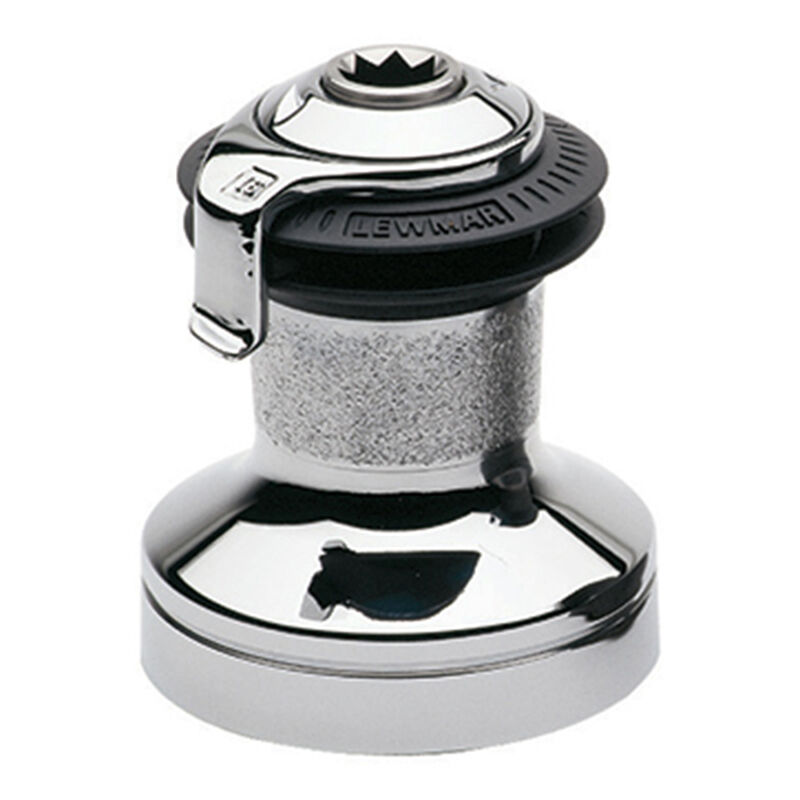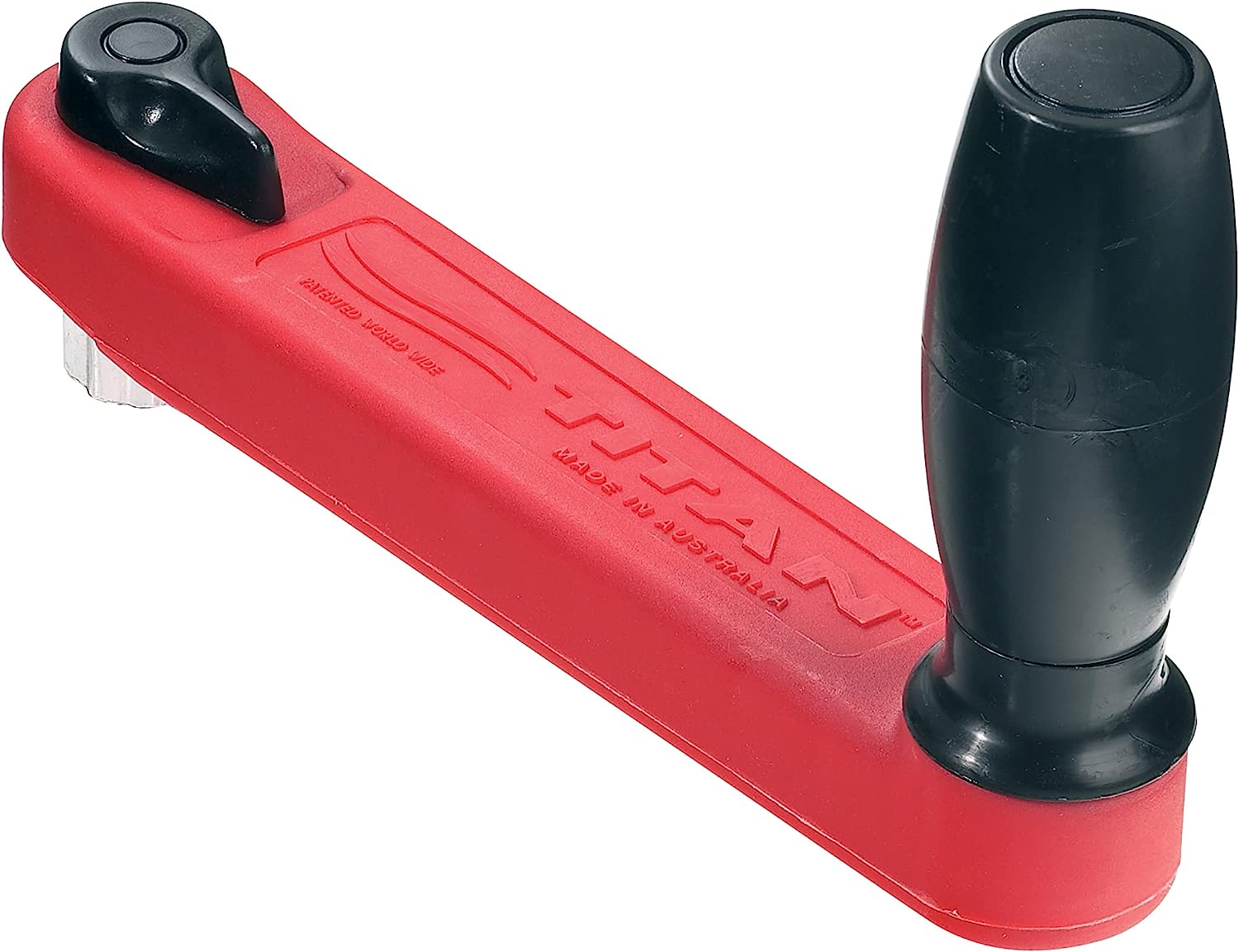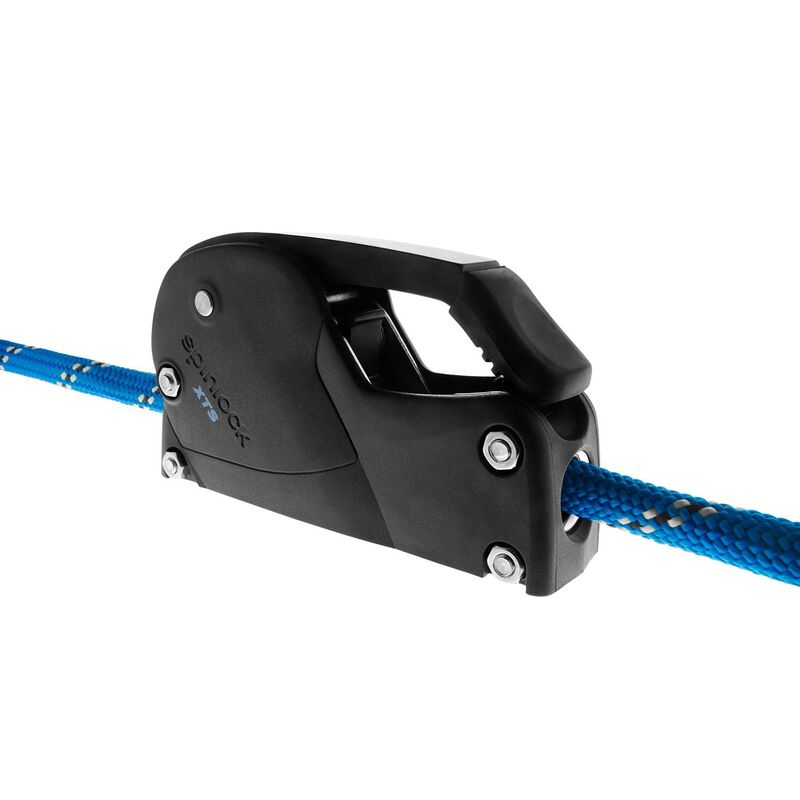Winches and Clutches
Each boat has at least two large winches for the jib sheets and a smaller one for the main halyard either on the cabin top or on the mast. These winches can be operated with a handle for more leverage. Some of the winches are also self-tailing. That means, you can secure the line to the winch and then use the handle without a second person tailing the line.
- We put three to four wraps around the drum before securing the line in the self-tailer.
- It is important not to put your fingers between the drum and the line.
- When easing out the line or taking the line off the winch, put one hand on the lines around the drum to maintain tension and ease out with the other hand in a controlled fashion.
- When trimming or hoisting the sails, we use a winch handle. For two-speed winches, you will find that it is easier to rotate the handle in one direction than the other; this is so by design.
- To avoid possible injuries, always remove the winch handle from the winch after cleating the line and secure it in its proper storage location. When getting ready to put the jib sheet on the other side after a tack or jibe, take out the slack as much as possible before putting in the winch handle. This will avoid the risk of losing the winch handle overboard.
- If the winch handle is not the locking variety, be extra careful as it might pop out as you are cranking. Make sure it is seated into the winch securely.
- When you are ready to release the jib sheet, always remove the winch handle off the winch first.


Before opening a loaded rope clutch, always put the line around the winch and tension it. This reduces wear and tear on the clutch.

